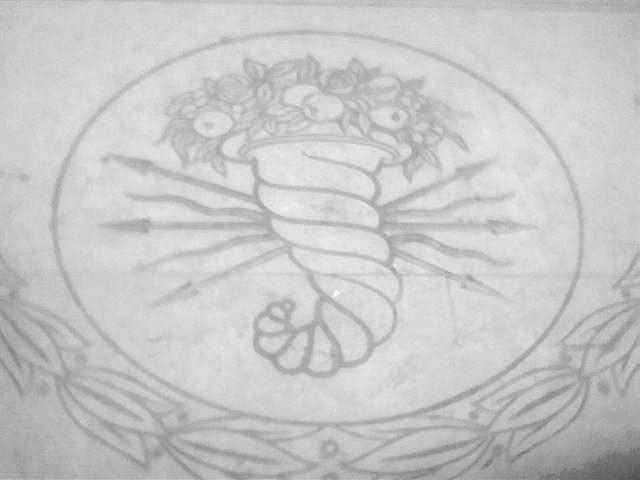|
Valencian Canton
The Valencian Canton, also known as the Canton of Valencia, was one of the first independent cantons proclaimed during the Cantonal rebellion that took place during the First Spanish Republic (1873–1874). It was officially proclaimed on 18 July 1873, and 178 municipalities of the Valencia province adhered to it. It fell on 8 August, when the troops of Arsenio Martínez Campos, Martínez Campos, sent by the Federal Democratic Republican Party, federal republican government of Nicolás Salmerón y Alonso, Nicolás Salmerón, entered the city of Valencia, causing the surrender of the Canton. History Proclamation of the canton On 14 July 1873, two days after the proclamation of the Canton of Cartagena, pasquines with the text "Today the Canton is proclaimed" appeared in Valencia and armed groups toured the city. Then the civil governor Castejón called a meeting of the commanders of the "Volunteers of the Republic" militias together with the mayor and the military commanders, ac ... [...More Info...] [...Related Items...] OR: [Wikipedia] [Google] [Baidu] |
Valencia
Valencia ( , ), formally València (), is the capital of the Province of Valencia, province and Autonomous communities of Spain, autonomous community of Valencian Community, the same name in Spain. It is located on the banks of the Turia (river), Turia, on the east coast of the Iberian Peninsula on the Mediterranean Sea. It is the Ranked lists of Spanish municipalities, third-most populated municipality in the country, with 825,948 inhabitants. The urban area of Valencia has 1.5 million people while the metropolitan region has 2.5 million. Valencia was founded as a Roman Republic, Roman colony in 138 BC as '. As an autonomous city in late antiquity, its militarization followed the onset of the threat posed by the Spania, Byzantine presence to the South, together with effective integration to the Visigothic Kingdom of Toledo in the late 6th century. Al-Andalus, Islamic rule and acculturation ensued in the 8th century, together with the introduction of new irrigation syst ... [...More Info...] [...Related Items...] OR: [Wikipedia] [Google] [Baidu] |
La Marseillaise
"La Marseillaise" is the national anthem of France. It was written in 1792 by Claude Joseph Rouget de Lisle in Strasbourg after the declaration of war by the First French Republic against Austria, and was originally titled "". The French National Convention adopted it as the First Republic's anthem in 1795. The song acquired its nickname after being sung in Paris by ''Fédéré'' (volunteers) from Marseille marching to the capital. The anthem's evocative melody and lyrics have led to its widespread use as a song of revolution and its incorporation into many pieces of classical and popular music. The Italian violinist Guido Rimonda pointed out in 2013 that the incipit of "Tema e variazioni in Do maggiore" of Giovanni Battista Viotti has a strong resemblance to the anthem. This incipit was first thought to have been published before La Marseillaise, but it appeared to be a misconception as Viotti published several variations of "La Marseillaise" in 1795 and wrote as a note ... [...More Info...] [...Related Items...] OR: [Wikipedia] [Google] [Baidu] |
Miguelete Tower
The Miguelete Tower is the bell tower of the Valencia Cathedral in Valencia, Spain. It is known as El Miguelete in Castilian Spanish or Torre del Micalet in the Valencian language. Construction of the tower began in 1381 and was completed in 1429. Due to its complexity and long years of construction, it was successively directed by several master builders; the first being , from 1381. Others were José Franch (1396), (1414, builder of the Torres de Serranos); to (1425), the last of the architects to work on the construction. Subsequently, the belfry was added (1660-1736). History The Miguelete Tower is a Valencian Gothic style tower, it is 51 m. high to the terrace, and it is 63 m. (206.7 ft.) in total. It has the shape of an octagonal prism and has 207 steps. For many centuries it was called "New Bell" or "Champ of the Cathedral", to differentiate it from the "Old Bell", a square tower with a Romanesque style that was located on Barchilla Street, but little remains of the orig ... [...More Info...] [...Related Items...] OR: [Wikipedia] [Google] [Baidu] |
Quart De Poblet
Quart de Poblet (; Spanish and unofficially: ' ),Toponym in Castilian as the Spanish Royal Academy: ''Spelling of Spanish.'' Madrid: Espasa, 1999. ; "Appendix 3, pages 133–155. or simply Quart (; ), is a municipality in the ''comarca'' of Horta Oest in the Valencian Community, Spain. It has 25,499 inhabitants (NSI 2009). Geography Located between the Valencian Horta Sud, the area surface is completely flat. The Túria river crosses the municipality by north and on the west runs the Rambla del Poio. The climate is Mediterranean, with rainfall in autumn and spring, the prevailing winds are west and east. Infrastructure and access road The main lines of traffic at west of the metropolitan area of Valencia ply the municipality of Quart of Poblet. Thus, both the town and the many industrial sites are connected by highway with other surrounding municipalities and large capacity roads. * The motorway A-3/E-901 Madrid–Valencia or ''eastern highway'', old N-III runs longi ... [...More Info...] [...Related Items...] OR: [Wikipedia] [Google] [Baidu] |


